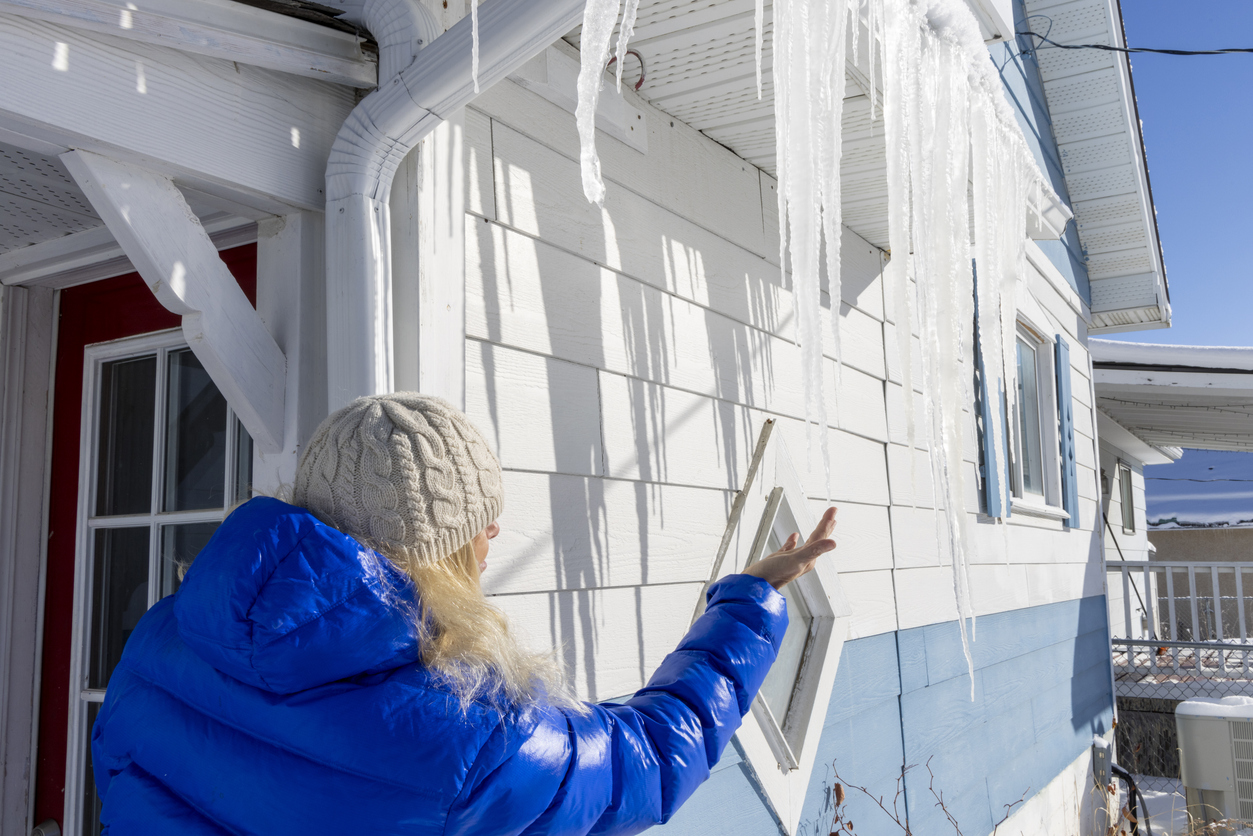The Windstorm Conference is in full swing. I was introduced to an engineer, Bruce Holmes. He told me that he was very upset with his colleagues and others in the insurance industry. He asked if I could refer others to his website where he has a proposal for change and action.
Here is what he has to say:
Background
I have been very involved over the past two years in conducting forensic engineering investigations for public adjusters, attorneys and individual policyholders that have had and are still having problems with their roofs from the effects of Hurricane Wilma, particularly in Palm Beach, Broward, and Dade counties. I have conducted over 500 such investigations in the past year and half. In this work, I have also reviewed dozens of "engineering reports" prepared by licensed Florida Professional Engineers on behalf of their insurance company clients. As a result, I have written over 80 effective rebuttals of their work which generally can’t stand up under scrutiny.
In many cases, a homeowner gets one of these reports and not being a skilled professional reads the report and gives up on proceeding with a claim. Probably for the 500 such clients I have worked for there are thousands more homeowners that read the "engineer’s report" prepared on behalf of their insurance company and just gave up. I probably am just working the tip of the iceberg.
In particular, the engineers and the different casualty companies all come up with the same reasons for why damage observed is not a result of hurricane actions and all use the "same" reasons. It would seem that they all got together and decided to tell the "same" story.
As you may recall, in 2005 Hurricane Katrina first crossed the Florida peninsula before making landfall in the Gulf Coast region. In October, 2005, Hurricane Wilma made a path from just south south east of Naples traveling northeast and exiting the state just north of West Palm Beach. It was a large storm and during its transit produced many strong wind gusts that reached from 100-110 MPH that lasted for a brief period.
As a result of the impact of Hurricane Katrina on the Gulf Coast, most Florida based adjusters were dispatched there. After Hurricane Wilma produced widespread damage to southeast Florida, adjusters were brought here from many different locations throughout the US. In many cases, these adjusters had very little knowledge of the construction of tile roofs that were mortar adhered or mechanically fastened with nails or screws. Also, I know, based on discussions with homeowners, many insurance adjusters did not even look at the roofs and offered small sums for "repairs" or told them the problem was "wear and tear" and not covered by their policy.
There are literally hundreds of thousands of tile roofs that were either mechanically fastened with nails or screws and adhered to the roof with mortar patties that were affected by this storm.
The result for mechanically fastened tile roofs is that the lifting action of the wind gusts move the nails creating leak points into the roof or the mortar patties are un-bonded in a particular pattern that occurs on the roof. This empirical evidence is supported by research conducted by the International Hurricane Research Center at Florida International University.
Un-bonded mortar roofs will be flying missiles in the next storm. Due to the slow nature of the leaks from mechanically fastened roof, evidence of the failure will ultimately show up in the house’s interior first as stains on the ceiling. This latter effect is a slow process and droughts in 2006 and 2007 have delayed the occurrence of these symptoms.
However, insured clients only have till October, 2010 to make a claim as the statutory limit of 5 years after the storm comes into play.
I can assure you there are going to be many hundreds of thousands of policy holders that are going to be left holding the bag as a result of what appears to be collusion on the part of the insurance industry and the apparently complicit licensed Professional Engineers that work for them.
I have encouraged many clients to file complaints with the Florida Board of Professional Engineers regarding these "engineering reports". To date, the Board has done nothing that I am aware of. As a result of this experience, I am disgusted and ashamed to say that I am a licensed Professional Engineer having been so for the past 33 years.
Proposal For Action
This will be a two pronged approach.First, We will be developing a web site with multiple domain names directed to it relating to individuals that have had claims denied, improperly settled, or gave up after getting the insurance company’s "engineering report". The goal will be to identify such individuals for a potential class action and provide incentive for political action. We will gather names, addresses, contact info, claim information/denial/partial settlement info etc. for a potential class action described below.
Second, another action would be to obtain a ground swell of support by homeowners, public adjusters and attorneys working for claimants to extend the 5 yr. statutory limit for Hurricane Wilma claims by say…..two more years as a result of the 2006 and 2007 droughts and pursue this through the Legislature.
Potential
Casualty Insurance Action
In Florida
related to Hurricane WilmaPossible Claim and Action:
Fraud and collusion to commit fraudGlobal Allegation:
The casualty insurance industry has apparently acted in a manner to defraud its clients of full and proper payment of their rightful claims under their policies for damages incurred from Hurricane Wilma. This includes directions to employees and adjusters to not fully investigate claims, offer minimal settlements for such claims and collude with Florida licensed Professional Engineers they retained in order to deny claims on the basis of fallacious reasons for damage observed.Specific Allegations:
- Adjusters were employed that were knowingly not competent to assess damages being adjusted and/or were directed to not investigate damages including not assessing roofs for damage and to offer minimal settlements to clients while assuring clients that such funds offered was sufficient to “repair” damages.
- Florida licensed Professional Engineers were engaged by the industry and encouraged and/or directed to offer assessments of damages that would result in limited or minimal settlements for roof damages by unsubstantiated allegations of reasons for damages observed that were not related to Hurricane Wilma. Such unsubstantiated reasons include but are not limited to “foot traffic”, “wear & tear”, “thermal expansion”, “improper installation”, etc.
- Many casualty insurance companies have resisted or refused to open or reopen claims for damages from Hurricane Wilma that are now showing effects of damages from Hurricane Wilma which in many cases result from insufficient settlements for damages and/or their apparently fraudulent efforts to limit initial claims by not properly assessing damage or assigning unfounded reasons for damages in order to limit the financial effect on the companies.
One of the interesting aspects of this conference is the varied opinions of the attendees. I was speaking with an insurance defense attorney who told me that he implores his clients to come to this conference, rather than the PLRB, because the adjusters and claims managers can hear the other side of an issue and anticipate or develop a response.
I am certain that many will disagree with Bruce Holmes. On the other hand, I am quite certain many agree and are pondering how to deal with the issues he has raised.



